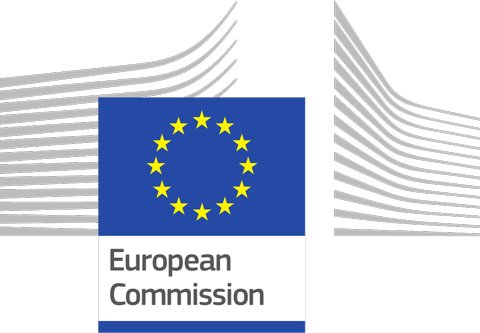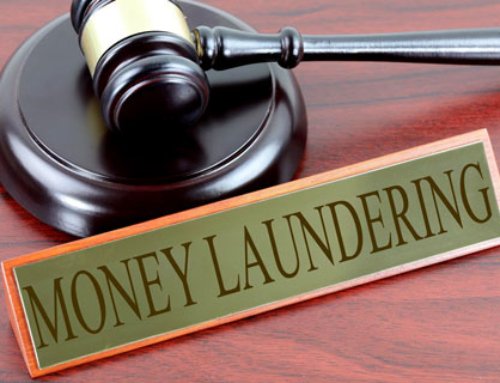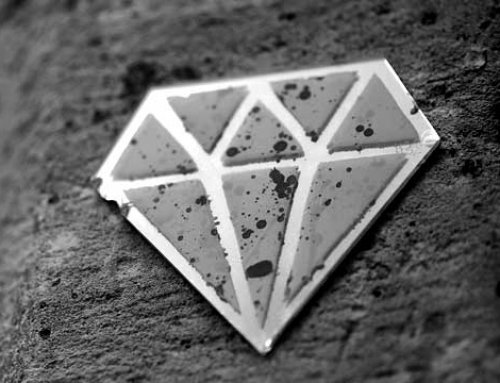It is impossible to distinguish a natural diamond from a synthetic diamond with the naked eye: is it necessary to legislate to prevent confusion? The industry is calling for this, but the EU Commission is not convinced.
The diamond lobby has lost the battle, even though it has not given up the fight: Europe is not about to take steps to force the sellers of artificial diamonds to clearly announce their true nature to the customers. “The EU Commission does not intend to propose specific EU rules on diamond sales,” the EU executive stated in an email. This is an outright rejection for the European jewellery lobby, which is calling for legislation to distinguish unambiguously between diamonds that formed naturally in the depths of the earth’s mantle billions of years ago and mass-produced synthetic diamonds.
Three Belgian MEPs, Frédérique Ries (MR), Hilde Vautmans (Open-VLD) and Kris Peeters (CD&V) had questioned the EU Commission on the subject last May. They relayed the industry’s arguments, deploring “a growing number of ambiguous sales practices that mislead consumers“. Pointing to a legal void in the EU, they called for “clear rules” to make it possible to distinguish between the two types of gems, which are impossible to distinguish with the naked eye. At the international level, a standard (ISO 18323) makes it possible to differentiate between them, and the three parliamentarians suggested that it should be transposed into “compulsory and binding legislation“.
Informed decision
When questioned, the EU Commission stressed that it “does not have the power to transform an ISO standard into binding European legislation“. And points out that consumer protection legislation also applies to the sale of diamonds. In particular, it obliges sellers to provide consumers with the information “that an average consumer needs to make an informed transactional decision” and “prohibits misleading actions or omissions” on the part of the trader.
The EU Commission is aware of the concerns of the sector and its services have met with the European Jewellery Federation (EFJ), which represents some 40,000 companies, on the subject. “The legislation is flawed because it is up to the consumer to do his own policing” by having his stone analysed and, if necessary, lodging a complaint, says Mélanie Lamaison, a consultant for the EFJ. In transactions between professionals, synthetic diamonds are 20 to 40% cheaper than natural diamonds. For private individuals, it’s a different story: since the jeweller can use any term to sell an artificial diamond, the buyer doesn’t necessarily know what he’s buying.







